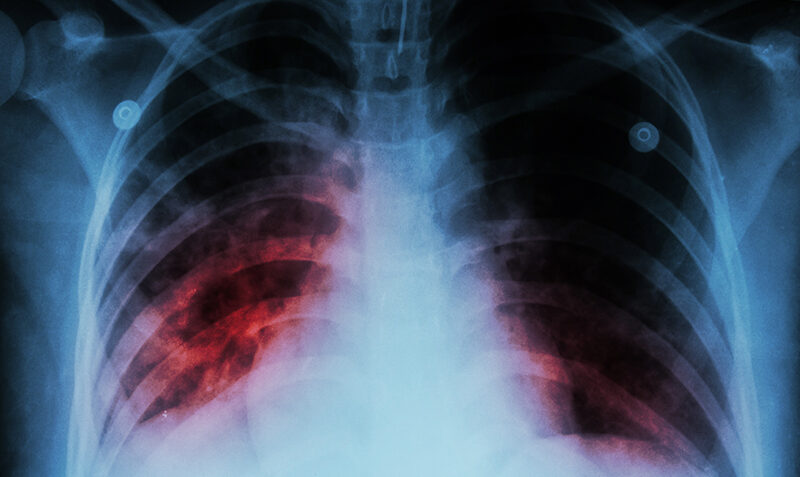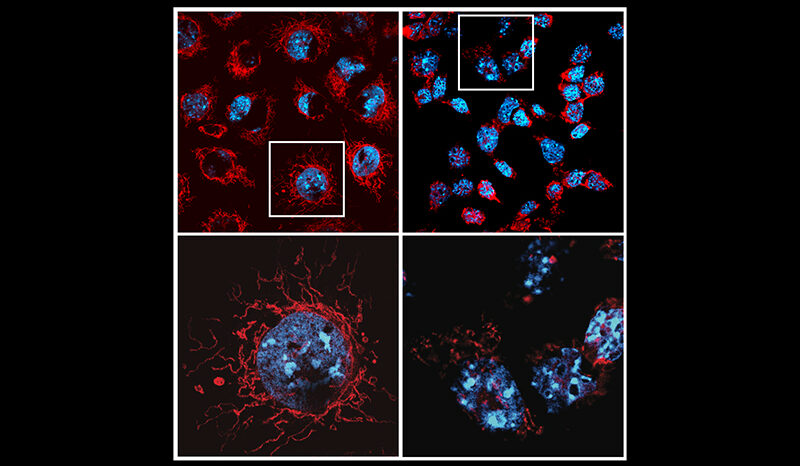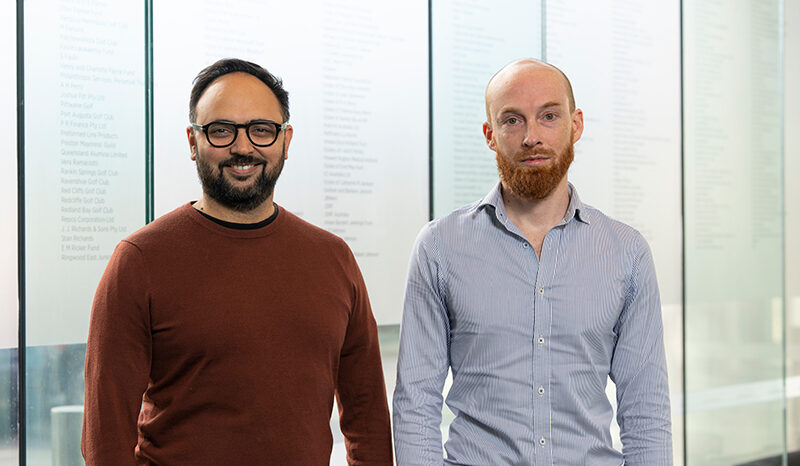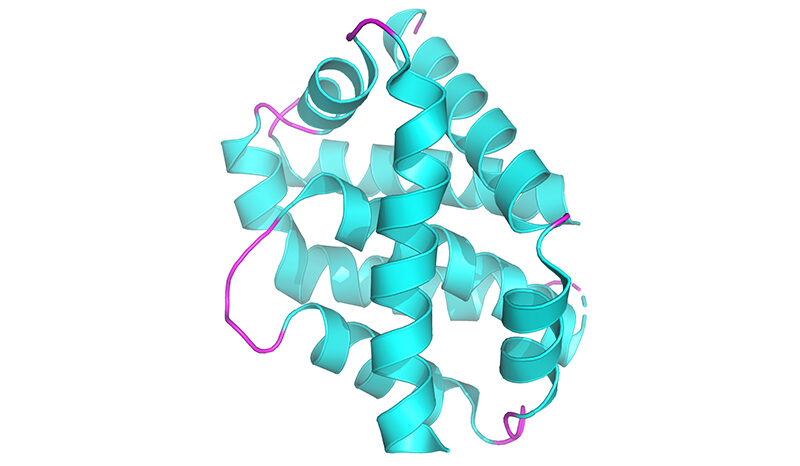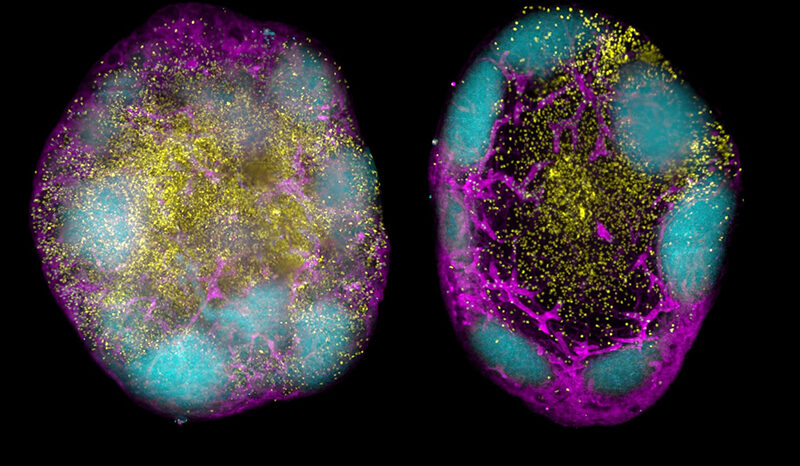Novel framework to improve diagnosis and treatment
The new framework, published in The Lancet Respiratory Medicine, seeks to replace the approach of the last half century of defining TB as either active (i.e., causing illness and potentially infectious to others) or latent (being infected with the bacterium that causes TB [M. tuberculosis] but well and not infectious to others) – an approach researchers say is limiting progress in eradicating the disease.
Of note, large surveys conducted in over 20 countries recently have shown than many people with infectious TB feel well.
Under the new classification, there are four disease states: clinical (with symptoms) and subclinical (without symptoms), with each of these classed as either infectious or non-infectious.
The fifth state is M. tuberculosis infection that has not progressed to disease – that is, M. tuberculosis may be present in the body and alive, but there are no signs of the disease that are visible to the naked eye, for example with imaging.
The researchers say they hope the International Consensus for Early TB (ICE-TB) framework, developed by a diverse group of 64 experts, will help lead to better diagnosis and treatment of the early stages of TB which have historically been overlooked in research.
TB remains the world’s most deadly infectious disease and has caused over one billion deaths in the last 200 years. An estimated three million cases a year are not reported to health systems and more than half of these cases will be asymptomatic.
The framework was developed via a Delphi process designed to reach a consensus among a diverse group. The process began with a scoping review of papers and online surveys of experts and culminated in a two-day meeting in Cape Town, South Africa, of researchers from a range of disciplines as well as policymakers, clinicians and TB survivors.
“One key finding in the consensus is moving the disease threshold and acknowledging that disease does not just start with symptoms or transmission, but when tissue is damaged,” said WEHI Lab Head and paper co-lead author Dr Anna Coussens.
“In time we hope our framework can contribute to TB elimination by leading to improved early diagnosis and treatment, optimising patient outcomes and minimising transmission.”



